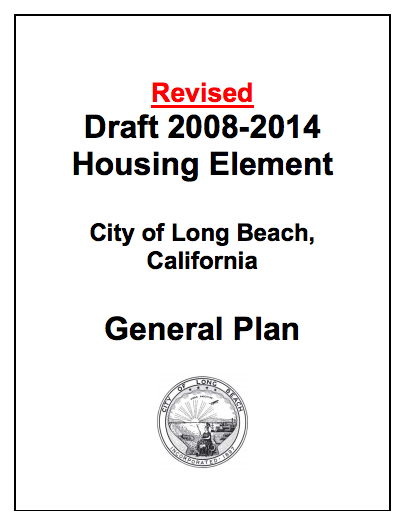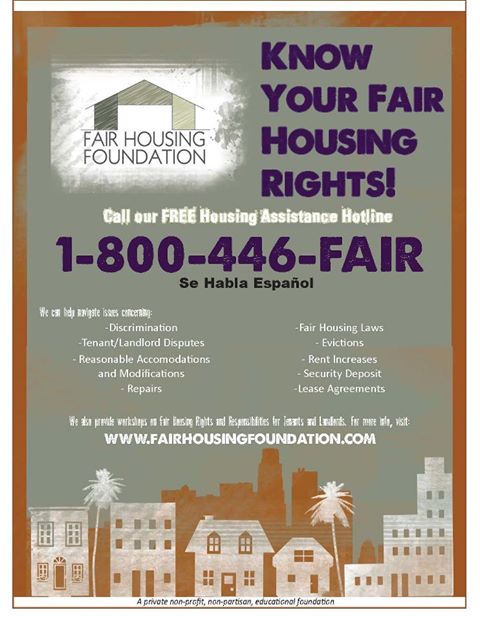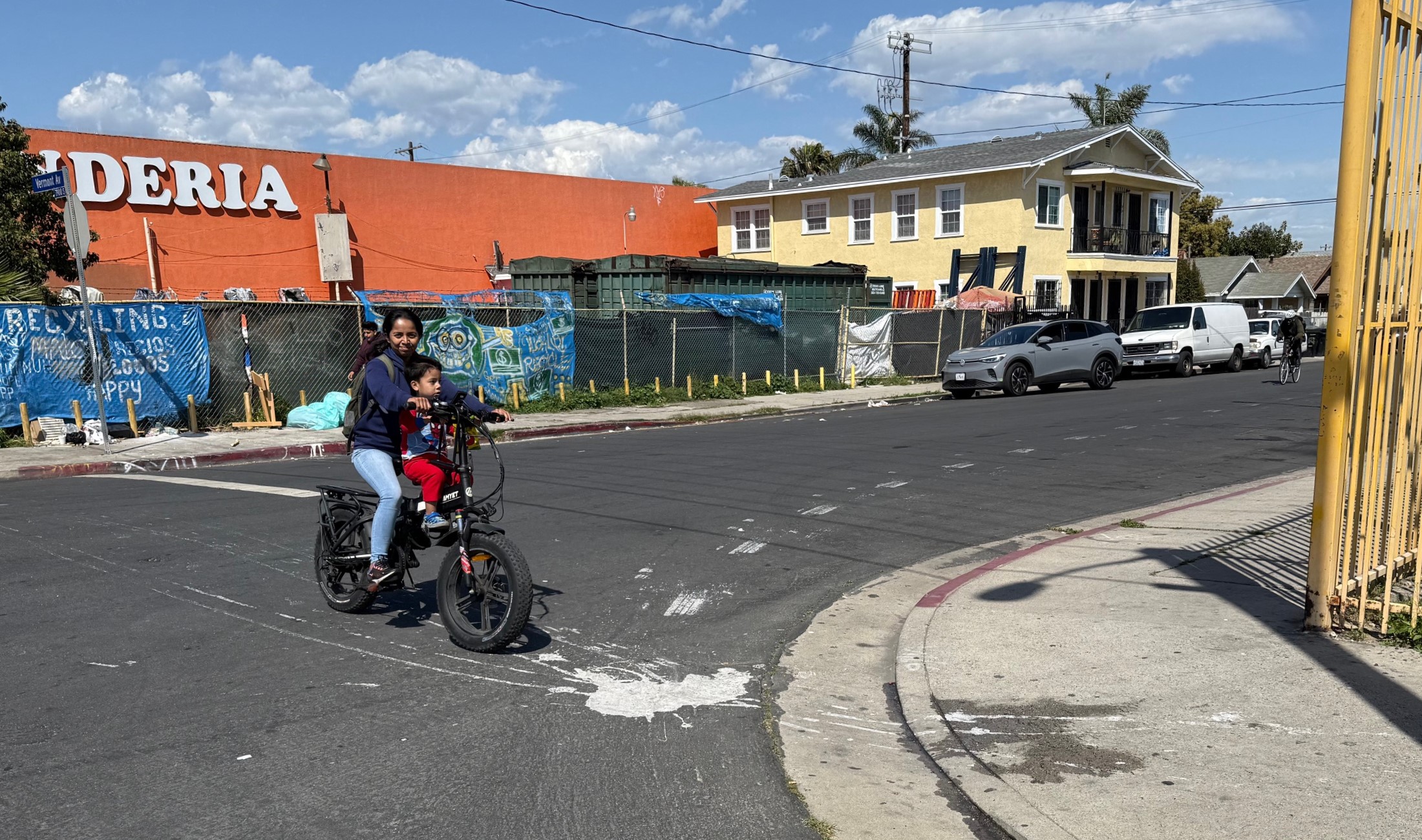Little is it known that a Long Beach-based organization, the Fair Housing Foundation, played an extensively large part in creating California's current open-housing policies and sale/rental equalities.

This is particularly interesting given that Long Beach's Housing Element (HE)--the state-required planning document that analyzes a city's housing needs in eight-year blocks--is due for renewal this October.
The draft HE, released to the public June 6, was handed to the Planning Commission yesterday--accompanied with deep criticism from nonprofit Housing Long Beach (HLB)--where it will undergo further analysis before it is sent to the Council floor for final approval in October.
The HE is a highly important document when examined at a macro level, particularly given that in 2000, Long Beach was named the most diverse city in the U.S. Not only does the HE impart dictating how housing will evolve in a city over a relatively large period of time--from October of this year to October of 2021--but it also dictates the definition of those needs: housing production needs, housing affordability, the condition of the existing housing stock, housing segregation, fair housing, preservation of at-risk units, and identification of appropriate sites for future housing are all within a city's HE.
In this sense, the historical context of housing in Long Beach placed side-by-side with its contemporary standing is not only helpful but essential in determining how our upcoming HE should look and how it will perform.
****
Long Beach's diverse population is not just a rumor but a fact that is largely due in part to three migration, i.e. housing movements: the industrialization of the oil market in the 1920s that ushered in white middle-class Midwesterners to LongBeach, earning the city the moniker of "Iowa by the Sea"; the post-World War II generation and post-segregated South that ushered in military personnel and African-Americans; and the Cambodian refugee.
All three of these movements are a part of or were affected by the deep racial discrimination in housing that was instituted and practiced in the 1960s by home owners and real estate associations, including the California Real Estate Association.
After a failed attempt in 1961 to initiate a fair housing measure through the legislature, California historian Lawrence Crouchett--in his twice published essay "Assembly W. Byron Rumford: A Symbol for an Era"--noted that "the anti-discrimination coalition [had learned] that legislation on housing was the most controversial kind."
Following the controversial passage of the Rumford Housing Act of 1963--named after its creator, the aforementioned William Rumford, the first African-American to serve in the state legislature-- the California Real Estate Association led a vicious attack campaign on the bill. This resulted in their creating Proposition 14--which garnered over a million signatures--and in turn soon became the focal point of the 1964 elections, where it was passed by a 65% majority.

The Fair Housing Foundation (FHF) was created in Long Beach directly after the elections, on November 30, 1964. According to Long Beach State historian graduate student Julie Saunders, the FHF helped grow--within its first year of operation no less--the number of minority families living in non-segregated areas from 8 to 33.
In her paper analyzing the role of FHF, Saunders noted that Long Beach Area Chamber of Commerce's proclamation in 1966--the year the constitutionality of Prop 14 was in the California Supreme Court and the year before it ventured towards the U.S. Supreme Court--that Long Beach was a "fair city" was soon the epicenter of what FHF wanted to prove was fallacy. Take, for example, the tactic of "testing" properties: if a minority was unrightfully denied a property, the FHF would send a white person with certain stats as the denied person (income, marital status, etc) to see if the white person was disqualified as well.
Despite the U.S. Supreme Court's declaration that Prop 14 was ultimately unconstitutionality, Long Beach continued practicing outright racist real estate tactics--such as blockbusting, where agents and developers encouraged caucasian buyers to avoid West Long Beach. It wasn't until 1969 that the city itself began supporting a fair housing market by signing a contract with FHF that sought "the elimination of discrimination with regard to race, religion, national origin or cultural background" within real estate.
However, even as the battles of the 1960s--which continued into the 1970s--were at least simmered down by the Civil Rights Movement on a social scale, the third housing movement of 1980s that was mentioned earlier brought a different issue: actual housing accessibility since the City's population began to skyrocket, leading to the creation of "cracker boxes," unsustainable fixes that resulted in poorly constructed, unattractive apartment complexes that further segregated the lower-income from healthy living.
Come 1990s, according to nonprofit Housing Long Beach, Long Beach added some 37,000 new residents (roughly 9,000 families) but only created 2,500 new residential units. This in turn cited some 1,600 cases of illegal housing, from bunks being placed into garages at exorbitant rent prices to an RV hidden on the roof of an apartment building.
Housing development, and the city's corresponding plan for such, not only plays a role in the social and culture-making that is a city, but also plays a literal role in its physical and tangible development as increased population and urbanism become larger forces.
The next piece, to be published Monday, will focus on Long Beach's contemporary housing status as well as the major plans within the upcoming 2013-21 Housing Element.






